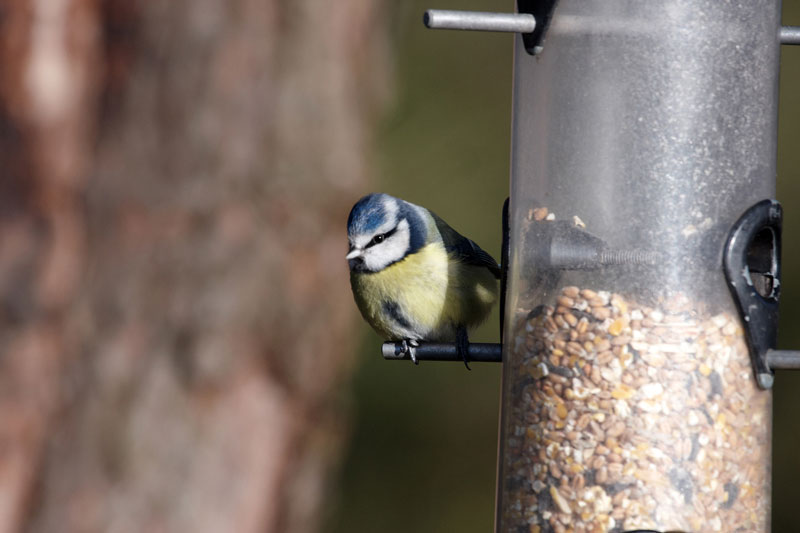
When’s the last time you cleaned this? Molded bird seed can cause sickness.
Here are several things you should be doing around the garden in June.
- Clean bird feeders. Molded seed will make our feathered friends sick.
- Spread diatomaceous earth in your gardens to reduce fleas, ticks, and chiggers. We’ve got enough pesky critters. Be bite-free while you’re pruning and gardening. Gentle reminder: Diatomaceous earth, which is made from the fossilized remains of tiny, aquatic organism, is kid- and pet-friendly. Also, if we get a gully washer (drizzle and heavy morning dew are OK), you’ll need to reapply afterward.
- Build up your soil with a seaweed-based application such as Medina Plus. Seaweed-based fertilizers are a good source of nutrients, including nitrogen, potassium, and phosphorus.
- Late this month, set out fall tomatoes, peppers, and eggplants in preparation for fall planting.
- Baby bottle brushes work wonderfully in cleaning your hummingbird feeder. If you have a feeder that the hummers haven’t visited recently, check to make sure the sugar/water rater (4:1) hasn’t fermented in the sun.
- If you plan to have Halloween pumpkins, start preparing your plot in the garden. You should plant pumpkins the week of July 4.
DRIP AND SOAK
In anticipation of a hot summer in Central Texas (imagine that), watering trees and shrubs deeply and tracking the watering needs of flowers and vegetables daily are necessary. The best times to water are during early morning daylight hours or early in the evening as the temperatures are cooling, but there is still light. As tempting as it is, night watering is not healthy for the plants as it can promote fungus growth.
Summer is when drip systems, soaker hoses, and the like are the best options for watering at the source without losing any to evaporation.
Tasty tip: Are you using peanut butter, bird seed, and pinecones to make bird feeders? It’s a great project for big and little helpers alike. A tasty way to get the last of the peanut butter from the jar is to fill it with a package of instant oatmeal and hot water. As the oatmeal softens, it pulls the peanut butter off the jar and into the cereal. Good-tasting breakfast!
MULCH
And, of course, you knew we were going to say it: “Mulch, mulch, mulch.”
Robert M. of Marble Falls asked: ”I have been applying mulch since I started reading your column. How do I know when to replenish the mulch that is already in the bed?”
Great question, Robert. Here are some guidelines to mulching.
Apply your mulch 3-4 inches thick, leaving a space of 3 inches in diameter around the plant/tree/bush/shrub base. If there’s already mulch on the soil, check its depth with a ruler. Mulch will decompose over time, adding nutrients into the ground. Therefore, you need to check the depth of your mulch throughout the month. If your mulch is 2 inches deep, add another inch to top it off.
Mulching helps plants in many ways, including:
- keeping the ground cooler or warmer, depending on the season;
- decreasing loss of moisture from evaporation;
- adding nutrients over time;
- minimizing unwanted plants that would compete for water/nutrients;
- and offering protection for the roots.
“An ounce of prevention is worth several bushels of everyone’s favorite garden vegetable.” — Andrea Ray Chandler
Keep your souls and soles in your garden!
Remember the True Master Gardener: Jesus said, “I am the vine; my Father is the Gardener.” John 15:1
Contact Bill Luedecke at The Luedecke Group Realtors at (512) 577-1463 or email him at bill@texasland.net. Contact daughter Martelle Luedecke at (512) 769-3179 or luedeckephotography@gmail.com.











